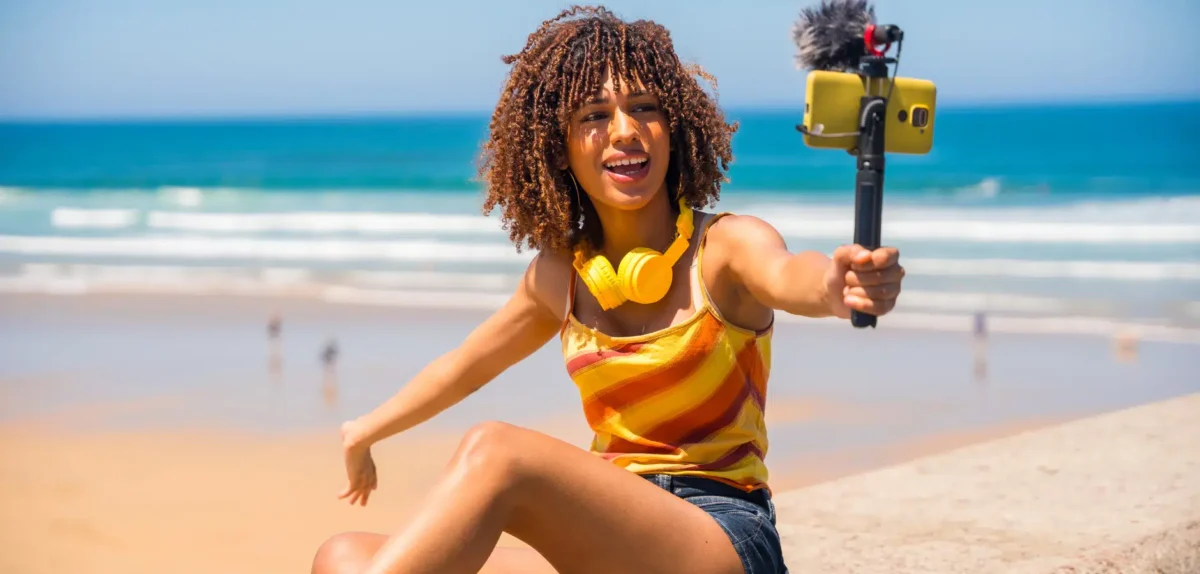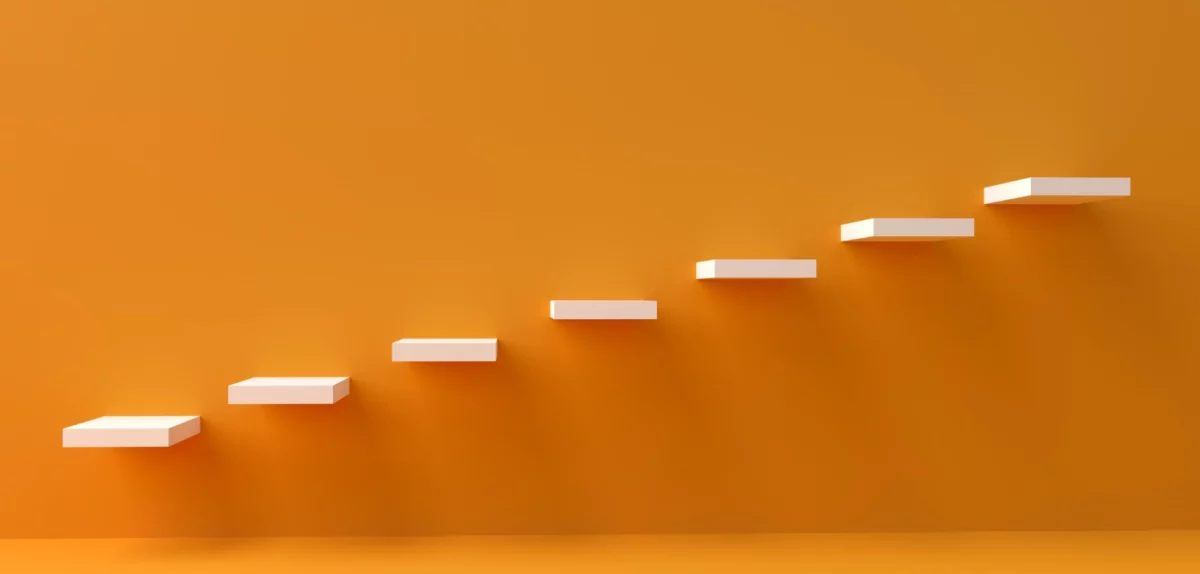Being a content creator isn’t a niche career anymore. Nearly 70 percent of Gen Z consumers discover new products through influencers—this is up from 45 percent the previous year. According to Statista, the global estimate of total content creators is 300+ million.
By 2027, the creator economy could be worth $480 billion, according to Goldman Sachs’ research. The creator economy encompasses a wide range of individuals, including content creators, influencers, YouTubers, podcasters, bloggers, artists, musicians, writers, and more, who earn income through their online content and engagement with their audience.
Content creators influence consumer behavior and drive purchases
A content creator or social media influencer is an individual who has established a significant presence and following on various social media platforms such as Instagram, YouTube, TikTok, blogs, and others. They can impact their followers’ opinions, behaviors, and purchasing decisions due to their credibility, expertise, authenticity, and relatability.
What makes a creator? Here’s a breakdown of what they do:
Content creation: They produce original content such as videos, photos, articles, and more, often centered around a specific niche or topic.
Engagement: They interact with their followers through comments, likes, direct messages, and live streams, fostering community.
Promotion: Brands and companies often collaborate with influencers to promote products, services, or campaigns, leveraging their reach and influence to connect with their target audience.
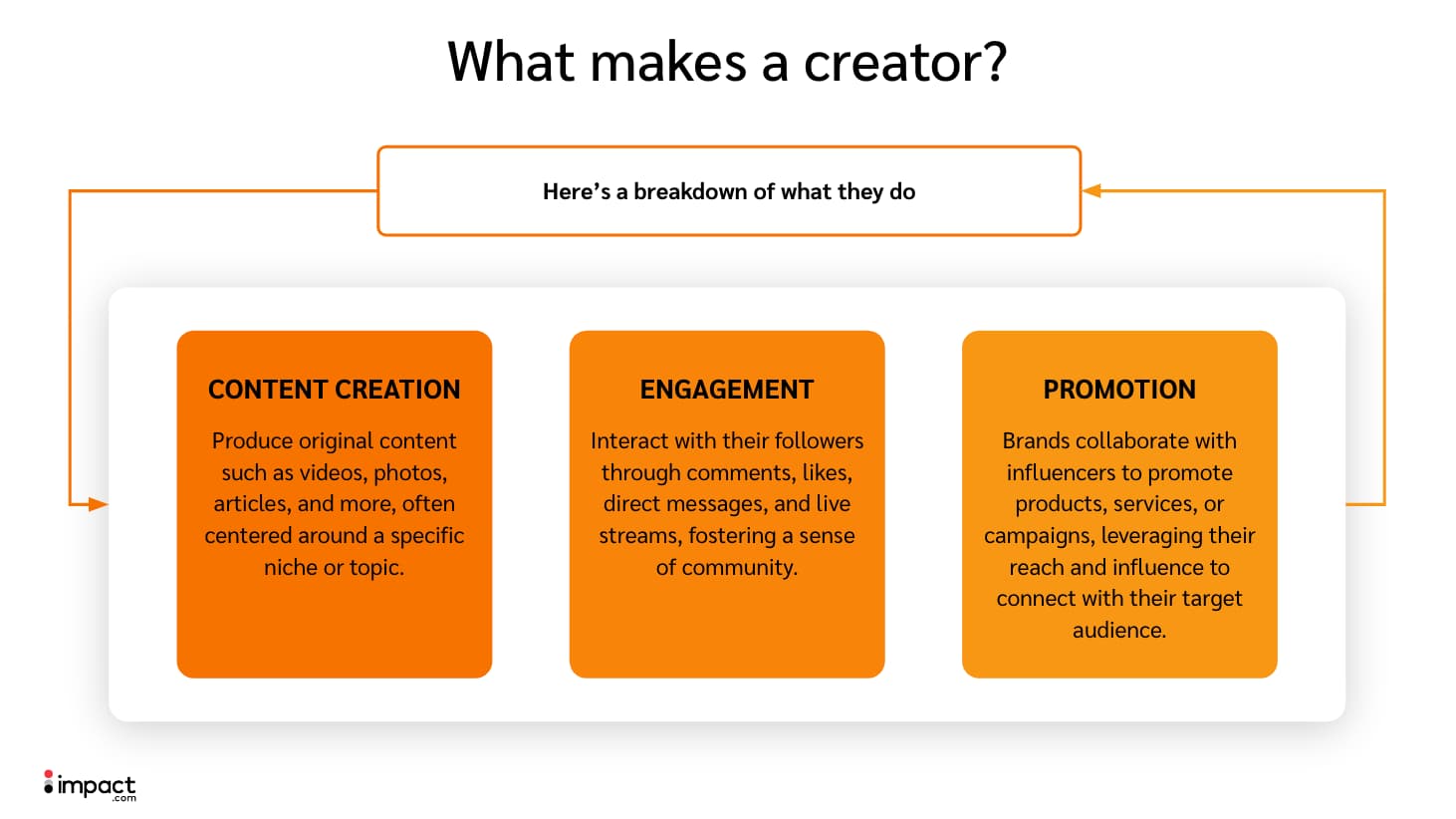
A successful creator has these three main characteristics:
Authenticity: Many successful influencers are valued for their authenticity, as they often share personal experiences, stories, and insights, making them relatable to their audience.
Expertise: Influencers might have a strong knowledge of a particular subject, such as fashion, beauty, fitness, travel, technology, or any other area of interest.
Entertainment: They create entertaining and engaging content that keeps their followers entertained and coming back for more.
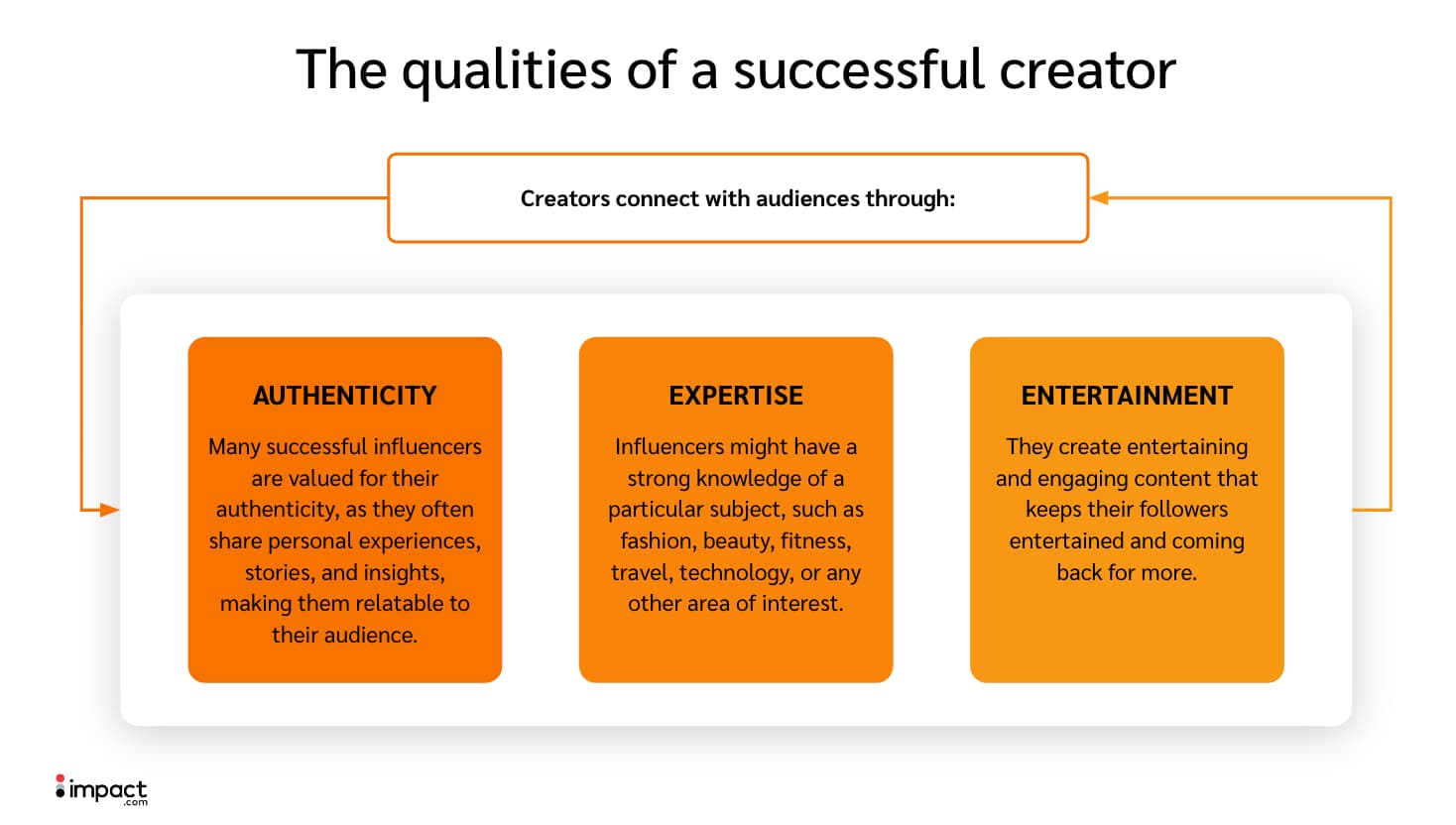
Creators can range from micro-influencers with a smaller but highly engaged following to macro-influencers with a massive reach. A subcategory is user-generated content (UGC), or any content, such as text, images, videos, reviews, or other media, that is created and shared by regular users or consumers of a particular product, service, or platform.
The impact of this content is significant because it can shape trends, popularize products, and even drive social change through their online presence. However, it’s important to note that the influencer landscape is dynamic and constantly evolving, and regulations and industry standards may vary across different regions and platforms.
Creators go from side hustles to full-time careers
Creators don’t fit into narrow categorizations. With online spaces and trends evolving rapidly (56 percent of consumers say one of the main reasons they follow creators is for entertainment), the term “creator” is flexible by necessity.
Balancing with other careers
While some top performers make millions of dollars a year, experience matters. According to Coursera and Glassdoor, content creators with up to one year’s experience earn around $46k annually. While content creators with more experience can earn $50k+ annually.
Content creation is a lucrative side hustle for many people, even if it’s not full-time yet. The rise of “CareerTok” shows how thousands of people balance being a creator with their day jobs. These TikTok creators started a trend by posting about work/life balance, daily routines, career steps, and interview tips.
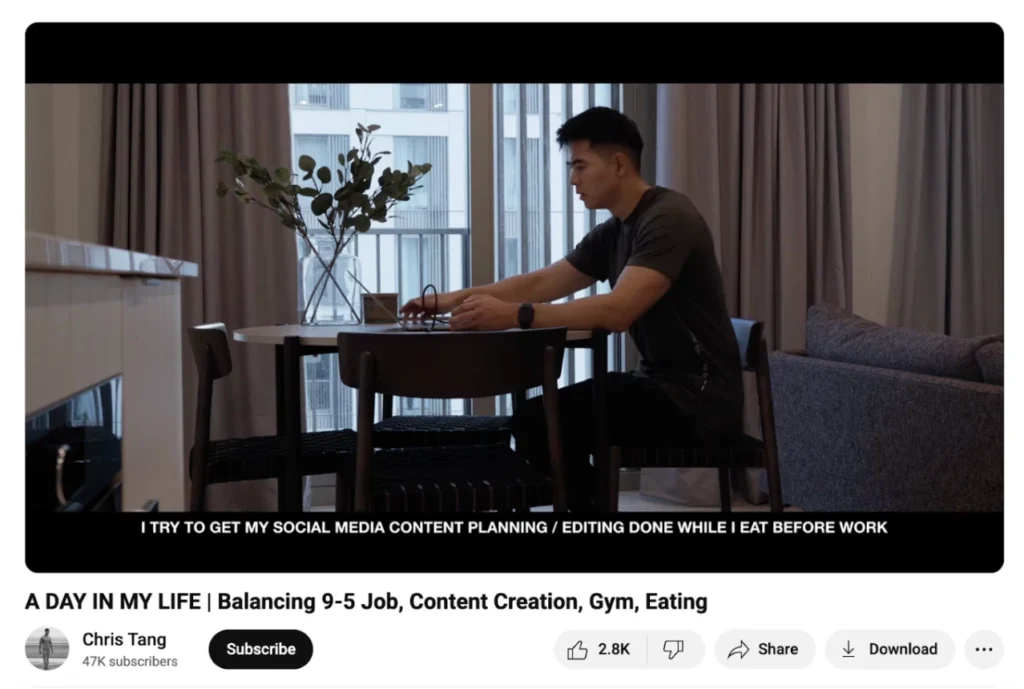
Content creator Chris Tang offers his followers a glimpse into his daily routine, showcasing how he skillfully balances a 9-to-5 job, content creation, and regular workouts.
Blurring the lines: creators with a multi-platform presence
While traditional media pushes people into a few large categories like actors or musicians, many digital creators succeed by blurring these lines: Hank Green, for instance, has built a large audience across multiple platforms through YouTube vlogs, best-selling novels, musical albums, and viral science-related TikTok videos.

In this TikTok video, which has over 1.3 million views, Hank Green explores fascinating research suggesting that dogs’ expressive eyebrows may have evolved due to human-driven selection. Engaging content like this keeps viewers coming back for more.
Owning the niches
Other creators find success by focusing on particular niches—posting insights and deep dives into specific topics. These creators can stand out and quickly gain traction on social media by differentiating themselves from the crowd. TikTok sensation @orenmeetsworld, known as “the internet’s favorite creative director,” offers insightful reviews on everything from product packaging to rebranding strategies.
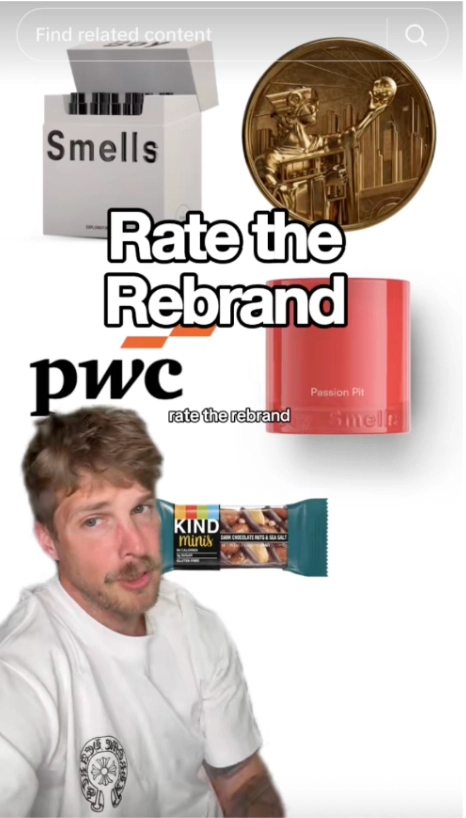
In this TikTok video, @orenmeetsworld presents an engaging megacompilation of rebrand ratings.
The inner workings of the creator economy
The creator economy refers to a modern economic landscape where creators leverage digital platforms and technology to produce and distribute content that promotes products and services directly to their audience. This concept has gained significant traction with the rise of social media, content-sharing platforms, and online marketplaces.
Key attractors to the creator economy include:
Independence: freedom to produce content or offer products/services on their terms, without the need for traditional gatekeepers or intermediaries.
Monetization: make income for work through various channels, such as advertising, sponsorships, subscriptions, merchandise sales, crowdfunding, and more.
Direct audience engagement: build and engage with their communities and fan bases, often developing strong relationships and direct lines of communication with their audience.
Diverse content types: share creatives through various content types, including videos, podcasts, blogs, live streams, digital art, music, educational courses, and more.
Platforms and marketplaces to find audiences and brand partners: YouTube, Instagram, TikTok, Patreon, Substack, and Etsy provide spaces for creators to showcase and distribute their work. Plus, creators can work with brands through partnership management platforms such as impact.com.
New career paths: the emergence of new career paths where anyone can make a living solely from their creative endeavors.
Innovation: as creators explore new formats, engage with emerging technologies, and find novel ways to connect with their audience, they can innovate and explore new creation methods.
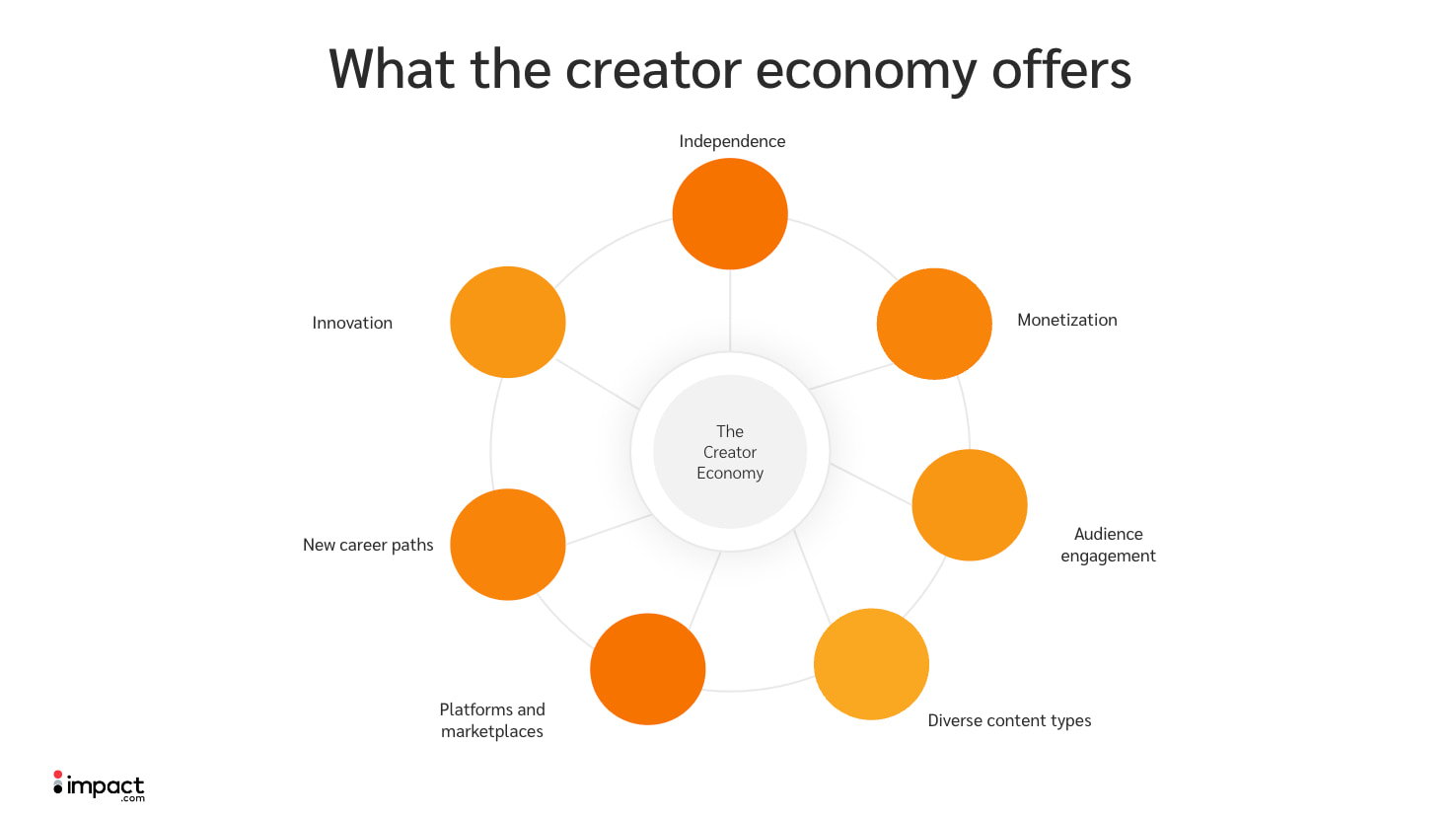
Additionally, the creator economy democratized content creation and distribution. This allows people from diverse backgrounds to share their passions and expertise with a global audience.
It has also challenged traditional work, income generation, and entrepreneurship notions. As a result, anyone can pursue creativity and build a sustainable career while maintaining a direct and personal connection with followers.
Creators, brands, and consumers all play a role in the rapidly-growing creator economy. Understanding these roles and opportunities is crucial for healthy partnerships with content creators and influencers.
It’s important to note that the creator economy is constantly evolving, and its dynamics can vary based on technological changes, audience preferences, and market trends.
Creators
Many creators become experts in their niche fields like fitness, technology, or travel. Or, they build goodwill with social media users through honest, practical reviews and recommendations. Skilled content creators and influencers foster trust with their followers over time—growing their personal brands and participating in vibrant online communities.

TikTok channel @munchwithdes stands out for its authentic and engaging food reviews. Her audience is drawn to her lively personality, candid insights, and sincere approach, making her content both relatable and trustworthy.
Brands
Creator partnerships provide businesses with a low-risk, cost-efficient strategy to enhance brand awareness and drive sales. Instead of committing the entire marketing budget upfront to a broad campaign, brands can focus on measurable results by collaborating with creators who convert customers and engage targeted audiences for results-driven marketing.

Sephora, the renowned beauty brand, shares content created by influencer MaKayla MaShelle.
Consumers
The creator economy gives audiences unprecedented access to their favorite writers, vloggers, photographers, and trendsetters. Instead of passively consuming content designed for as broad an audience as possible, people can seek exclusive content matching their interests and values.
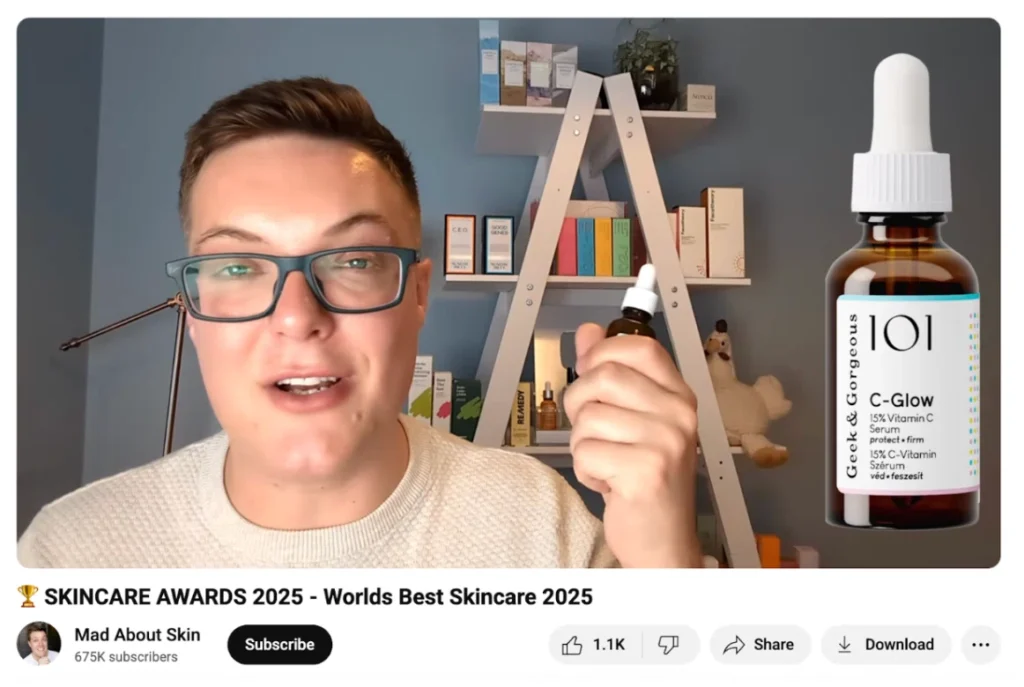
@madaboutskin is more than just a YouTuber with 675k+ subscribers—he’s a devoted skincare enthusiast and discerning consumer. By personally purchasing every product he reviews, he ensures his content remains authentic and unbiased. This commitment fosters a deep sense of trust and connection with his skincare-loving audience.
Succeeding in the creator economy
Many marketing teams and brands have found success by leaning on the strengths of the creator economy. Let’s take a look at some success stories.
OLIPOP’s partner program reaches 982% ROAS
OLIPOP, a prebiotic soda brand celebrated for its healthy beverages and vibrant branding, has built a thriving content creator program. By leveraging impact.com, the brand streamlined and scaled its efforts through custom contract templates, automated newsletters to keep partners engaged, and exclusive promo codes.
The outcome? 1,9k recruited creators driving 12% of OLIPOP’s total sales. Read the case study here.
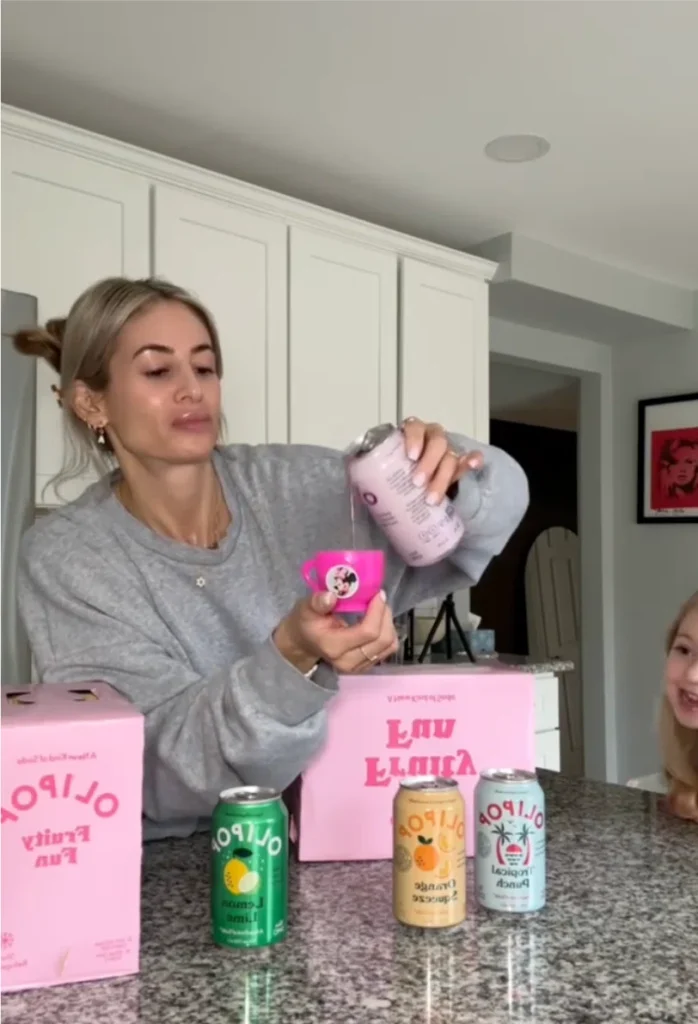
Mom-fluencer @arriiray shares her latest OLIPOP delivery, showcasing its delicious, healthy, and kid-friendly soda options.
Resident doubles the value of each post using UGC
Resident is renowned for its diverse range of comfortable mattresses, designed to meet the unique needs of every customer. To engage buyers early in their purchasing journey—essential for high-value items like mattresses—the brand leveraged UGC and influencer collaborations through impact.com.
By strategically creating multiple touchpoints throughout the customer journey, Resident built trust and instilled confidence in potential buyers through engaging, value-driven messaging.
This genuine approach struck a chord with customers, driving higher engagement and doubling the impact of each post. As a result, sales soared, leading to a significant boost in profitability. Read about Resident’s success with impact.com here.

@laurencaress reveals her dreamy new bed from Nectar Sleep, a renowned brand under Resident Homes.
B&Qs Christmas campaign achieves 283% of its target
B&Q, the UK’s leading home improvement retailer, aimed to boost brand awareness and showcase its real Christmas trees through creator-led content during the festive season.
By re-engaging high-performing partners and proactively addressing potential challenges—such as managing tree deliveries during the busy holiday period—B&Q delivered outstanding results.
Thanks to its strategic efforts and the use of impact.com, the brand achieved an impressive 85% average view rate, exceeding its target by a remarkable 283%. Read B&Q’s success story here.
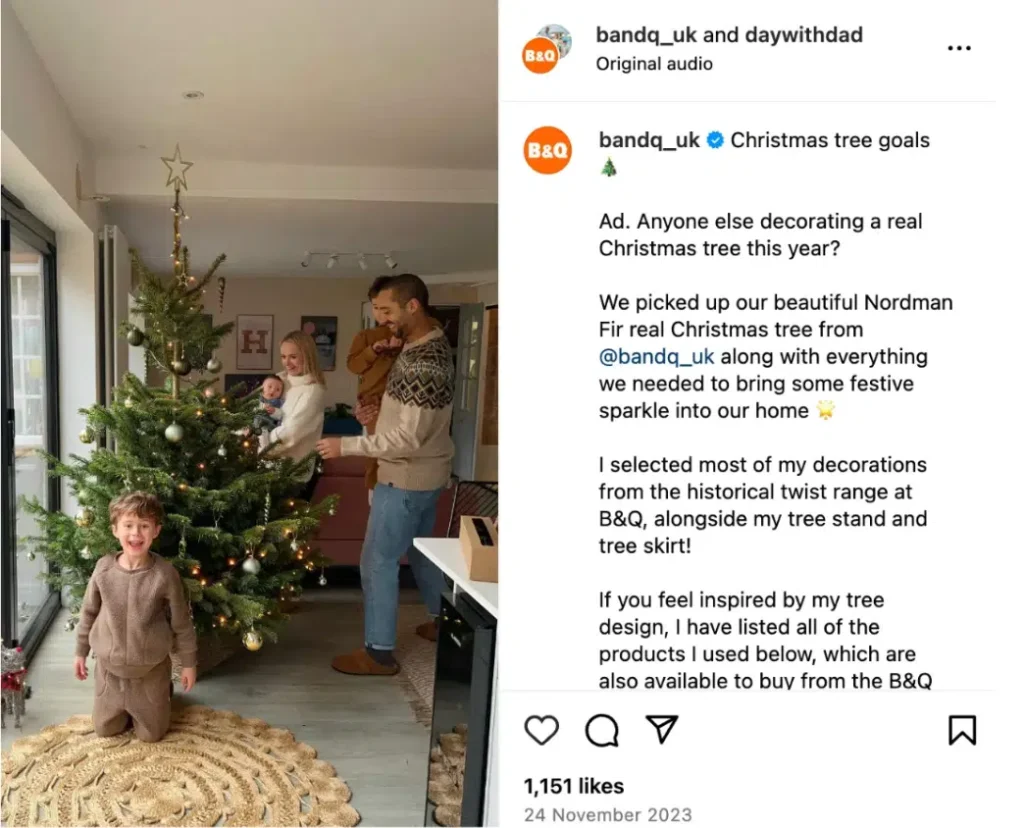
Content creator Warren Hoyte shares a special family bonding moment, drumming up excitement over decorating their B&Q Christmas tree.
What’s in store for the creator economy?
Research shows that 64 percent of people make purchases based on influencer recommendations at least some of the time. Since brands know how vital consumer trust is for their bottom line, it seems like partnerships with content creators and influencers are here to stay.
While expanding your partnership program, keep these trends in mind:
Creators as equal partners
Creators and influencers want to be true partners with brands—not just sources for clicks. These creators established their audiences by taking the initiative and expressing their voices. As more brands build relationships with creators, they’ll have more options for brand partners. Creators cite high compensation and creative freedom as top qualities that will make them commit to a long-term brand partnership.
The rise of short-form content
Short-form videos (generally under 60 seconds) are taking off. These bite-sized shorts, reels, and clips are punchy “snackable” (easy to digest) for consumers. Read all about short-form content in The ultimate guide to influencer marketing in 2025.
Short-form content is a favorite among consumers due to its convenience, quick bursts of entertainment, and shareability. Marketers are paying attention, with HubSpot research revealing that 75 percent plan to increase their investment in short-form content over the coming year.
Creators taking ownership of their platforms
As digital technology advances, content might move into the hands of creators even more. Right now, brands like Instagram and TikTok host creators on their platforms. The rise of innovations such as Web3 empowers creators to bypass traditional gatekeepers, enabling direct monetization and fostering deeper connections with their fans.
FAQ’s
The creator economy refers to a rapidly growing industry where individuals, often called creators, make money by producing and sharing content online. This includes influencers, bloggers, YouTubers, podcasters, artists, and more, who monetize their skills and audiences through platforms like Instagram, YouTube, TikTok, Patreon, and Substack. Revenue comes from various sources, such as brand partnerships, ad revenue, subscriptions, merchandise sales, and crowdfunding. The creator economy empowers individuals to turn their passions into sustainable careers using digital tools and platforms.
The creator economy is valued at $250 billion today, according to Forbes, and is projected to nearly double to $480 billion by 2027, based on research from Goldman Sachs.
Yes, the creator economy thrives on partnerships between creators and businesses, creating opportunities for both to grow.
For creators, income often comes from brand collaborations, sponsored content, affiliate marketing, and selling their own products or services. They build loyal audiences and leverage their influence to promote brands in authentic, engaging ways. For brands, partnering with creators offers a powerful way to reach niche audiences, build trust, and drive sales without traditional advertising.
Success in the creator economy depends on authenticity, collaboration, and understanding the audience. Creators should focus on producing engaging content and partnering with brands that align with their values. Brands thrive by building organic, long-term relationships with creators who resonate with their target audience. Leveraging data and staying adaptable to trends can give creators and brands a competitive edge.
Driving the creator economy
The creator economy offers brands a unique opportunity to connect authentically with audiences. Whether partnering with micro-influencers or celebrities, creators bring engaged, trusting followers that traditional ads often fail to reach. In a crowded market, creators help brands cut through the noise, drive awareness, and deliver measurable results.
Sign up to impact.com’s Creator today—a platform built for brands and creators—to discover, collaborate, and grow your campaigns.
Check out these resources to learn more:
- 8 influencer marketing trends for 2025: 11 experts reveal how to increase ROI with performance-driven creator partnerships (blog)
- Managing and Tracking Influencer Programs (free PXA course)
- 5 expert insights to converge affiliate and influencer strategies (infographic)
- The ultimate brand-creator collaboration guide: 4 strategies to boost content quality and maximize ROI (blog)
- Why consumers buy products from people, not brands (podcast)
- Transform your influencer campaigns with Creator v2.0: new tools for brand safety, discovery, and partnership management (blog)



